1,578 days, 2,409 entries ...
Newsticker, link list, time machine: HOLO.mg/stream logs emerging trajectories in art, science, technology, and culture––every day
October 2021
“Since there seems to be growing confusion on this: I have nothing to do with anything that Facebook is up to involving the Metaverse, other than the obvious fact that they’re using a term I coined in Snow Crash. There has been zero communication and no biz relationship.”
After excursions into lenticulars and tapestries, Dutch-Brazilian artist Rafaël Rozendaal renders a new series of digital drawings (reminiscent of his trademark browser canvases) on enamelled steel plates at Amsterdam’s Upstream Gallery. These Mechanical Paintings explore “the abstraction of everyday objects and scenes through the lens of the early internet’s innocence and optimism,” contrasting the heavy, long-lasting material with Rozendaal’s spontaneous and playful compositions.
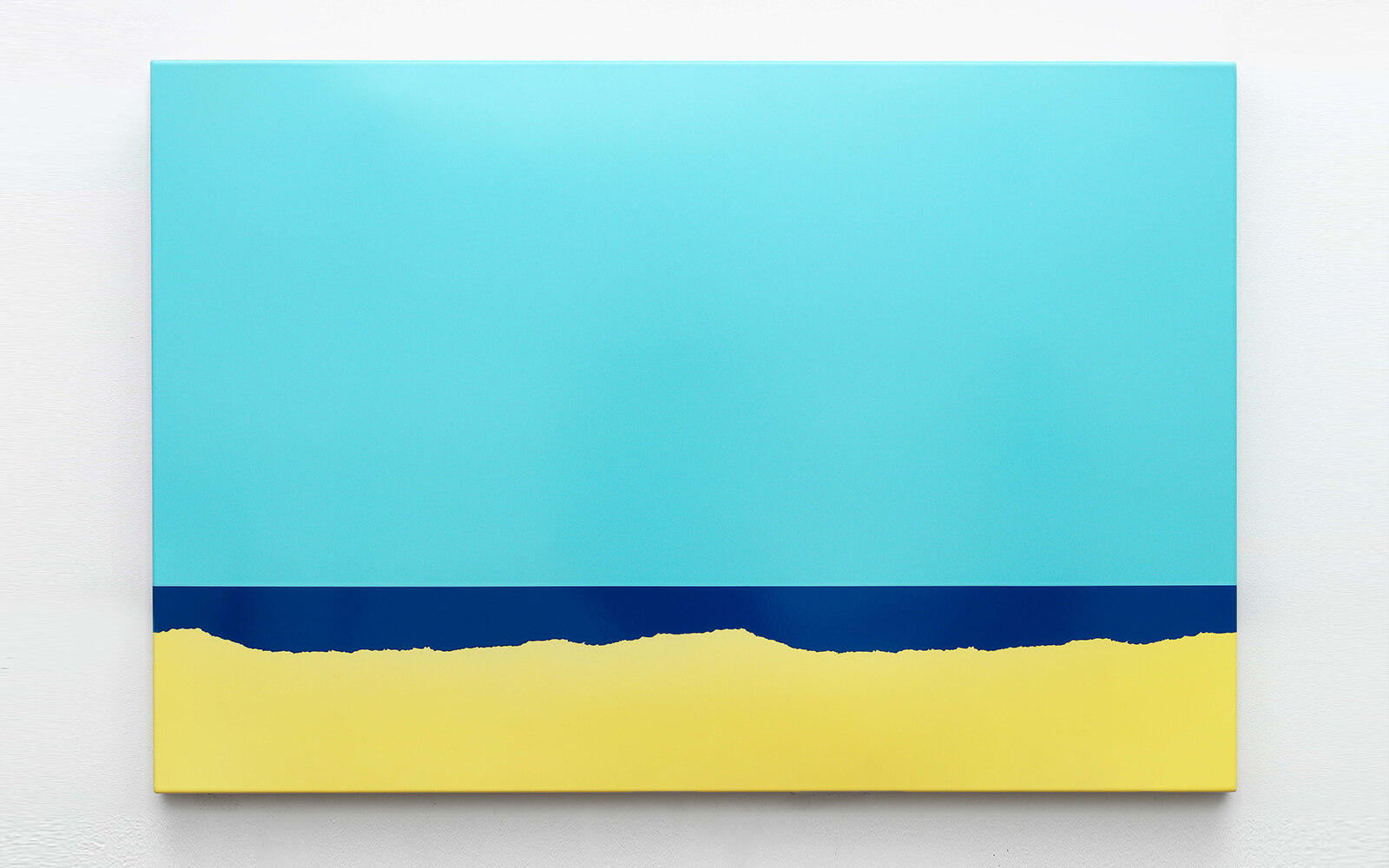
“There is a poverty line below which no one should fall, and a wealth line above which no one should rise. We need wealth taxes, not carbon taxes.”
“Draw Like a Machine: Pop Art, 1952-1975” opens at the Menil Drawing Institute in Houston. Featuring Roy Lichtenstein (image: Steak, 1960), Lee Lozano, Marjorie Strider, Idelle Weber, and other artists associated with pop art, the show chronicles the gradual erasure of gesture and the move towards a machine aesthetic informed by advertising and emerging reproduction technology. The selected works “upend the traditionally assumed connection drawing has to the hand of the artist,” writes curator Kelly Montana.
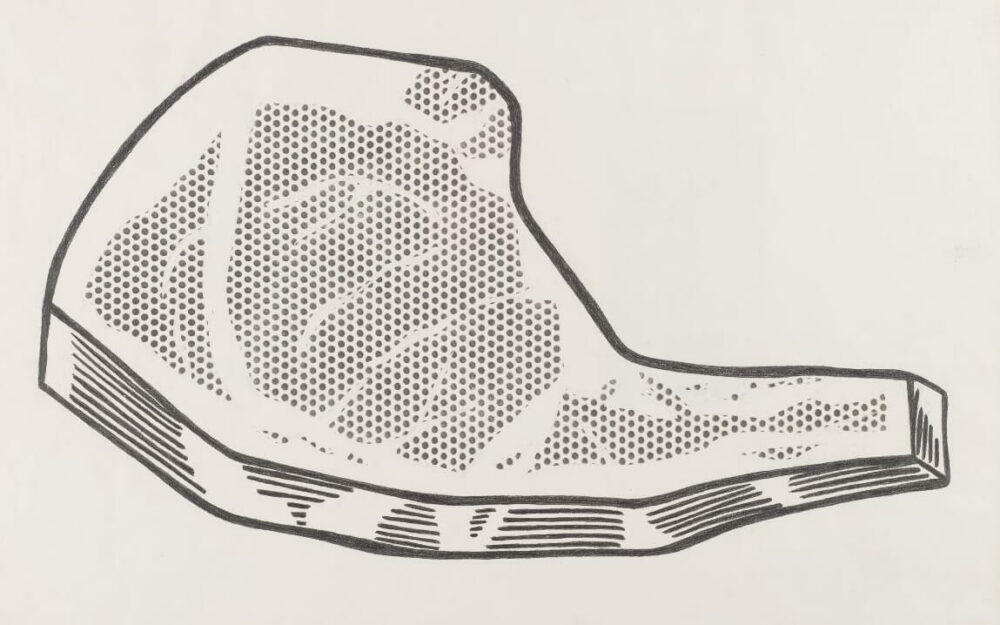
“The gesture of creating a kind of ‘anti-game,’ one that goes against the typical rules of game-making, is a gesture which has been famously repeated over the decades by both artists and other video game creators.”
A heartwreching visualization of COVID-19’s impact, Rafael Lozano-Hemmer’s A Crack in the Hourglass (2020) debuts IRL at the Brooklyn Museum. An “anti-monument,” the installation renders portraits of pandemic victims with grains of sand, once realized the delicate images fall away. Commissioned by MUAC (Mexico City), NYC is a fitting first stop, given the city endured amongst the “highest number of pandemic-related deaths in the U.S.—and worldwide,” note the curators.
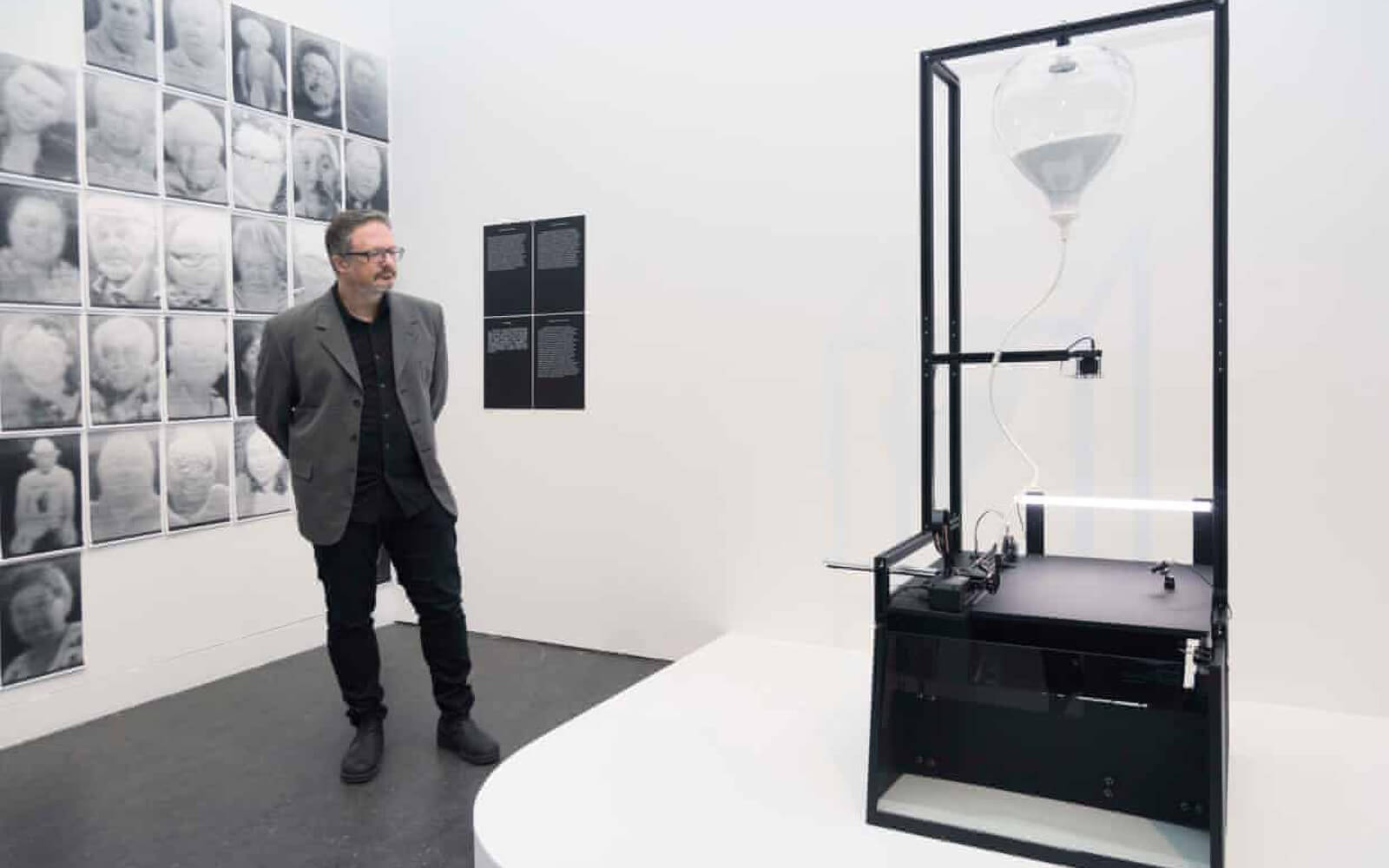
“Now, just as we’re waking up to ways Facebook has knowingly eroded our social, mental and civic well-being, Zuckerberg is back with a new offering: a way out. Instead of struggling to make sense of or peace in the real world, we can surrender.”
Software artists and VRAME.io collaborators Adam Harvey and Jules LaPlace launch DFACE.app, “the first website that provides neural network face redaction in your web browser.” Using an “impressively small but performant 13MB face detection neural network” (source) called YOLOV5, DFACE allows users to easily anonymise profile pictures with a variety of effects while keeping their data private.
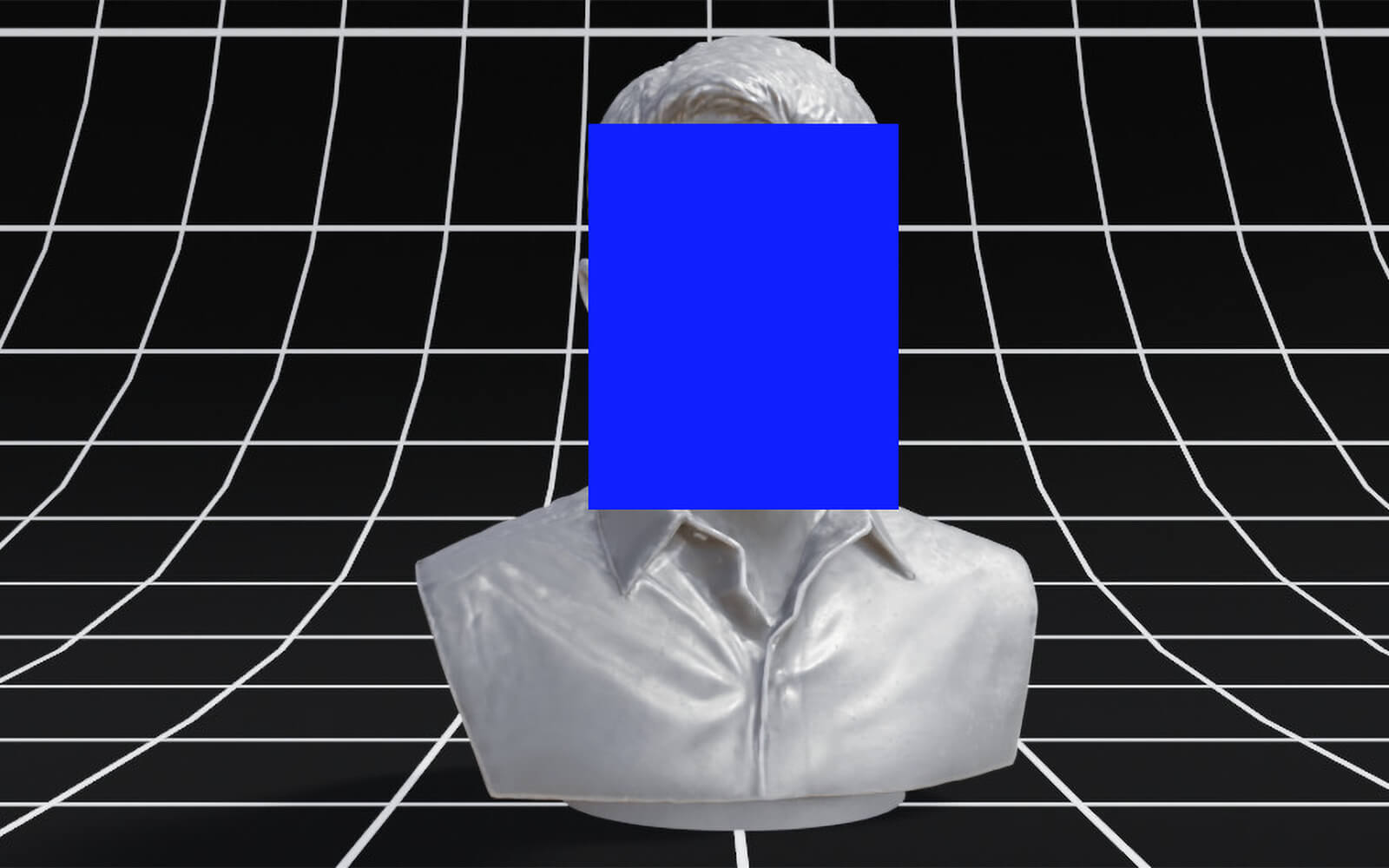
“No matter what Mark Zuckerberg calls it, it will remain Zuckerberg Inc. until he relinquishes some power and yields to functional corporate governance.”
Daragh Byrne & Dan Lockton
Spooky Technology
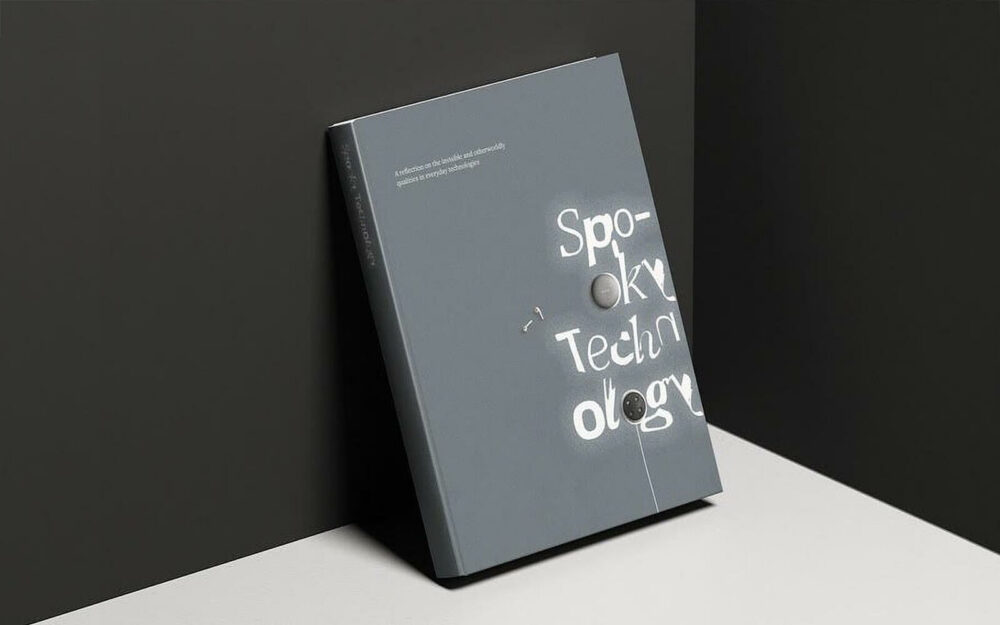
“Having the icon be basically the play button was a big innovation of the friendly language of Processing. It isn’t ‘compile’—it’s ‘play.’”
“Some people said, ‘Oh, don’t you think the way that the image disappears is kind of violent?’ Well, that’s exactly what a funeral is … closure.”
Trinity College Dublin announces the end of Science Gallery, stating that it no longer considers the venue for science and technology-based exhibitions and lectures to be financially viable. Opened in 2008 to encourage interest in scientific discovery and creativity and counting more than three million visitors to date, the gallery will permanently close on February 28, 2022. The current exhibition, “BIAS: BUILT THIS WAY,” on AI and algorithmic prejudice curated by Julia Kaganskiy will be its last.
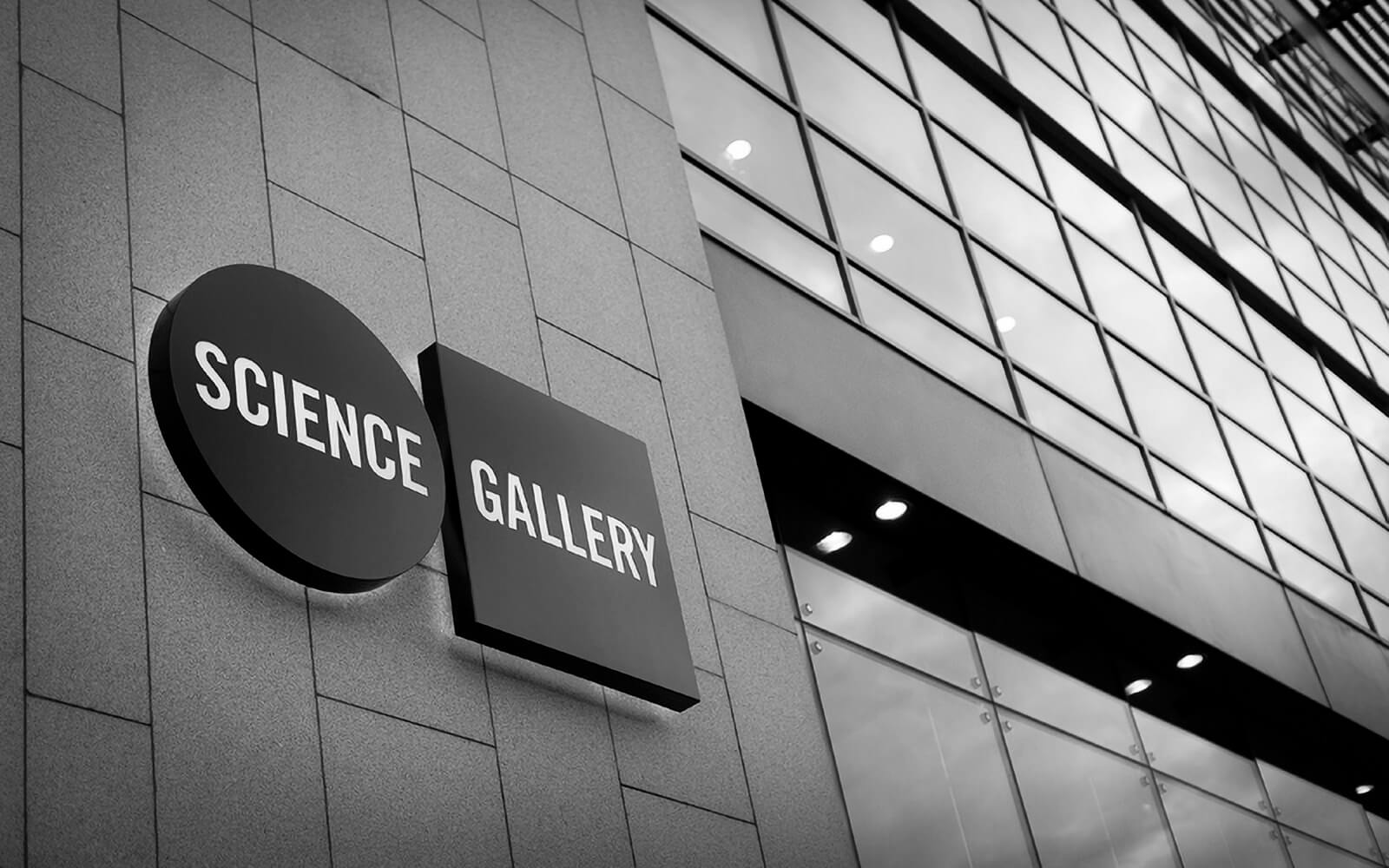
“… and when I changed to a new phone and number, all of the vegetation of two films that were in production suddenly changed, creating panic in a handful of teams for about half a day.”
For The Calvert Journal, Jonathan Bousfield revisits the “neo-abstraction, early premonitions of op-art, and the beginnings of computer art” seen in New Tendencies, an art movement in former Yugoslavia and one of “Europe’s forgotten avant-gardes.” Between 1961–73, five landmark exhibitions (feat. Julije Knifer, Vladimir Bonačić, Francois Morellet, Victor Vasarely, and many others) brought hundreds of artists, critics, and intellectuals to the city of Zagreb and “anticipated everything from video art to bio-art and robotics.”
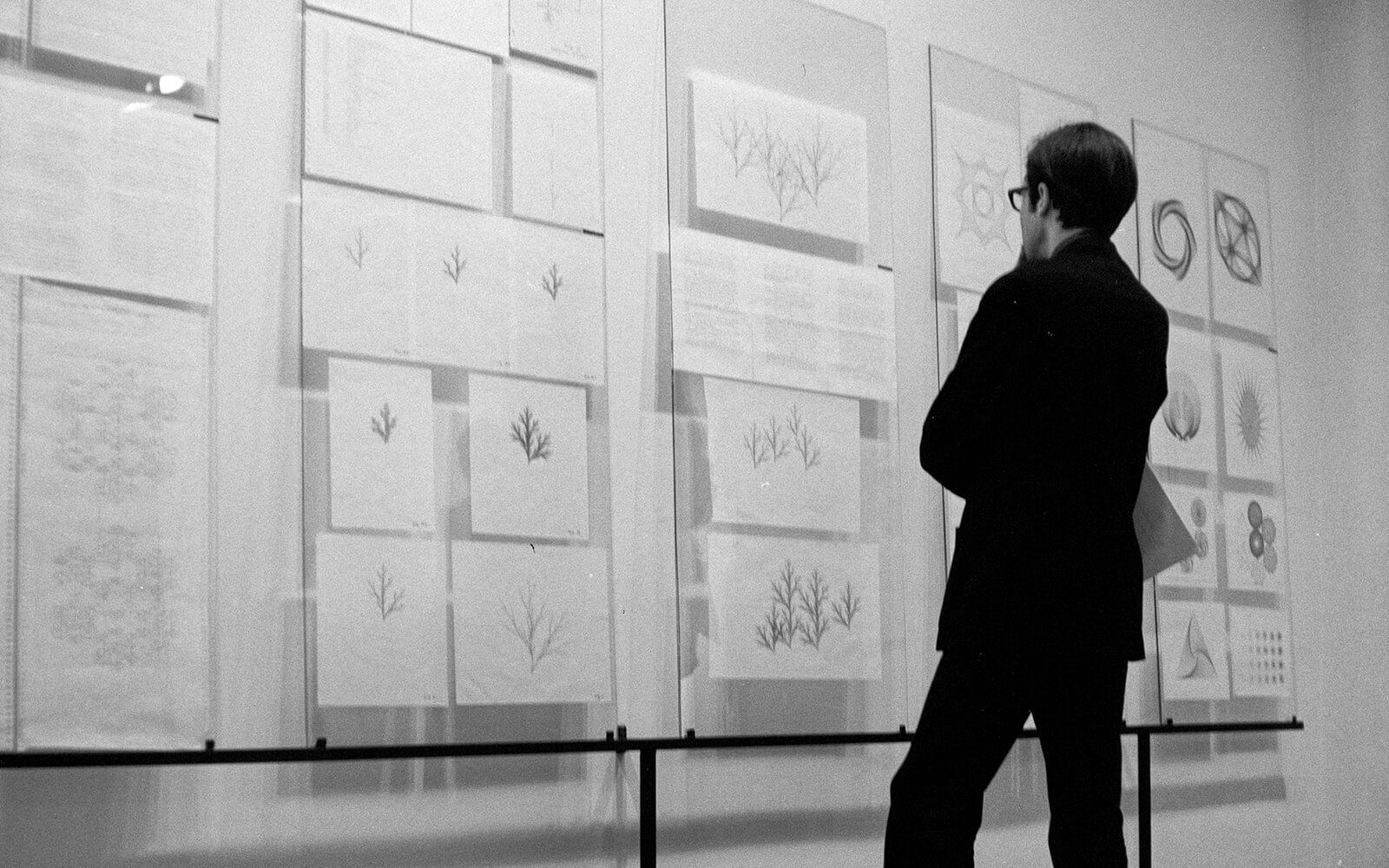
“I underestimated how much people already hated NFTs. All I wanted to do was create the equivalent of a flight carbon calculator. But people used it to tweet ‘Your shitty GIFs are ruining the planet.’ We don’t shame people for their carbon footprint like that in any other context.”
The latest entry in the Whitney’s Sunset/Sunrise series of commissioned Internet artworks that mark sunset and sunrise in New York City every day, Ryan Kuo’s Hateful Little Thing overwrites the museum’s web pages with text snippets that reflect the artist’s experiences—“frustrations”—as an Asian-American. By creating its own version of exhibition labels, Hateful Little Thing addresses the act of taking up “white space” and highlights the complexities of hate, racism, and exclusion.
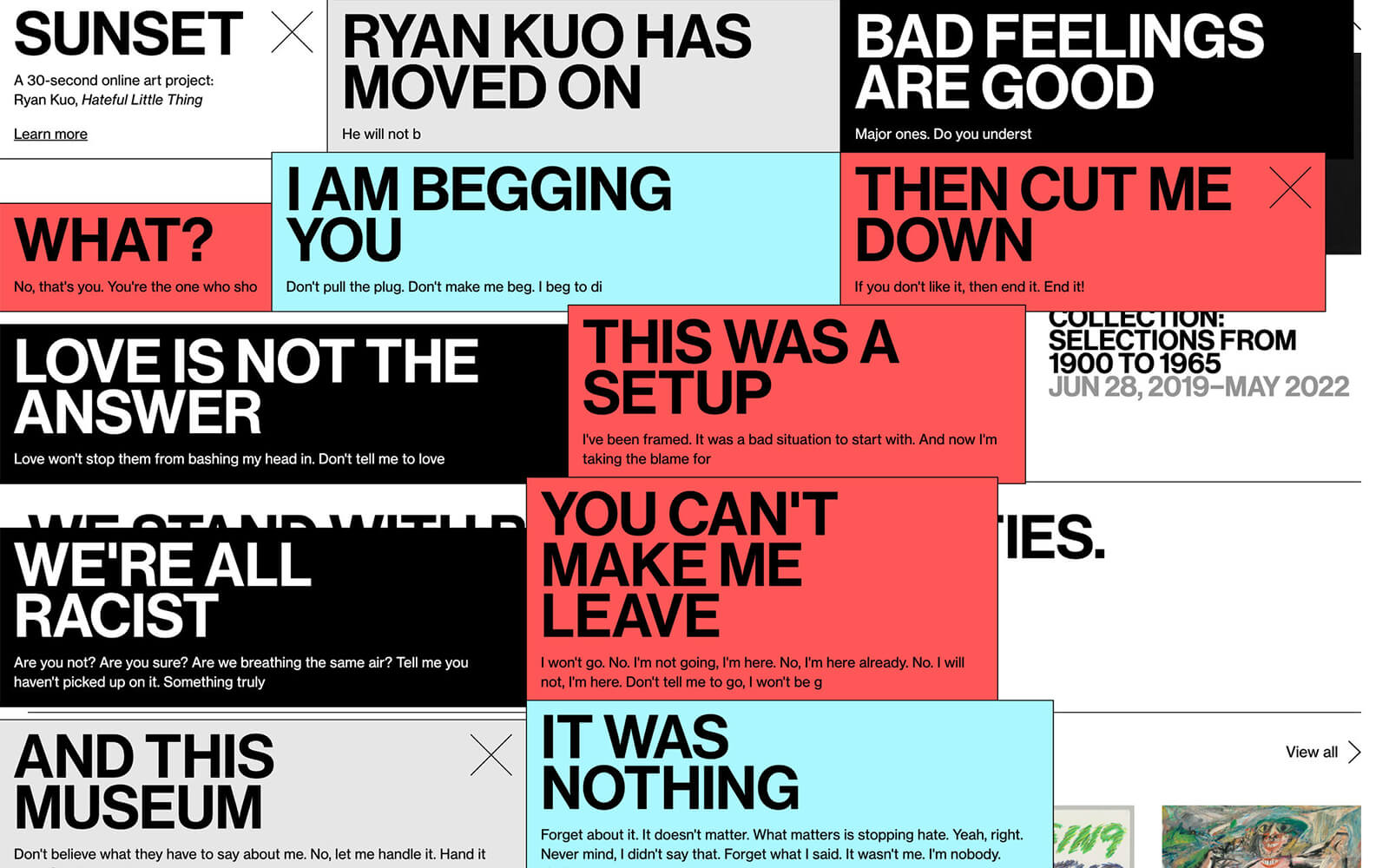
Silicon Valley venture capital giant Andreessen Horowitz, responsible for the phrase “software is eating the world,” invest in the Friends with Benefits (FwB) DAO. Perhaps the most well known tokenized community, FwB is praised as the “de facto home of web3’s growing creative class” and for onbarding influential artists and creatives into crypto ”by putting human capital first.” The exact details of the funding remain undisclosed, but presumably the ‘get’ here is access to innovative intellectual property, and an inside view of a 2000-member DAO as it evolves from insular community into a (more) prominent cultural producer. “In addition to borderless resource assembly, DAOs enable bottom-up innovation and community building, from which new ideas can be incubated and scaled” note the VC firm’s Carra Wu and Chris Dixon.
Daily discoveries at the nexus of art, science, technology, and culture: Get full access by becoming a HOLO Reader!
- Perspective: research, long-form analysis, and critical commentary
- Encounters: in-depth artist profiles and studio visits of pioneers and key innovators
- Stream: a timeline and news archive with 1,200+ entries and counting
- Edition: HOLO’s annual collector’s edition that captures the calendar year in print
